Feature
-
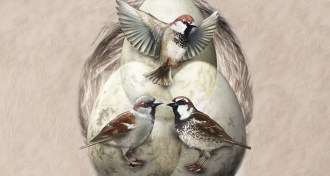 Life
LifeHybrids reveal the barriers to successful mating between species
Scientists don’t understand the process of speciation, but hybrids can reveal the genes that keep species apart.
-
 Animals
AnimalsScary as they are, few vampires have a backbone
Researchers speculate on why there are so few vampires among vertebrates.
By Susan Milius -
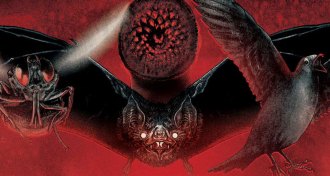 Animals
AnimalsBeing a vampire can be brutal. Here’s how bloodsuckers get by.
Blood-sucking animals have specialized physiology and other tools to live on a diet rich in protein and lacking in some nutrients.
By Susan Milius -
 Health & Medicine
Health & MedicineA universal flu shot may be nearing reality
Scientists are developing a universal vaccine against flu, making annual shots a thing of the past.
By Laura Beil -
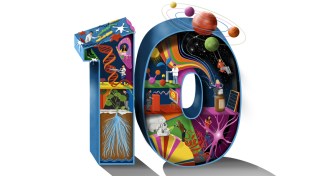 Science & Society
Science & SocietyThe SN 10: Meet the scientists ready to transform their fields
In this year’s SN 10, meet early- and mid-career research stars who are coming up with and testing new ideas in astronomy, archaeology, artificial intelligence and more.
-
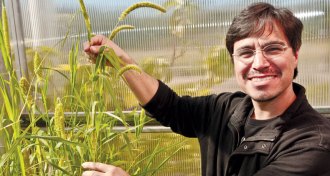 Plants
PlantsJosé Dinneny rethinks how plants hunt for water
Plant biologist José Dinneny probes the very beginnings of root development, which may have important implications for growing food in a changing climate.
By Susan Milius -
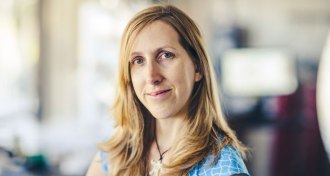 Physics
PhysicsJennifer Dionne harnesses light to illuminate nano landscapes
Nanophotonics research by materials scientist Jennifer Dionne could lead to improved drugs, cancer tests or invisibility cloaks.
-
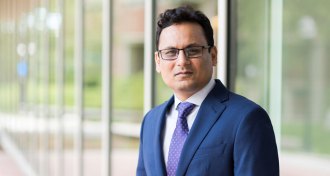 Computing
ComputingM. Ehsan Hoque develops digital helpers that teach social skills
Computer scientist M. Ehsan Hoque programs emotionally attuned assistants that bring people together.
By Bruce Bower -
 Life
LifeKC Huang probes basic questions of bacterial life
A physicist by training, Kerwyn Casey Huang tries to understand cell shape, movement and growth.
-
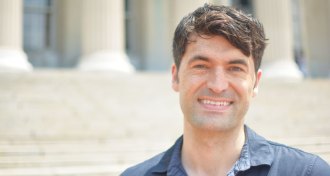 Astronomy
AstronomyDavid Kipping seeks new and unexpected worlds
Astronomer David Kipping became “the moon guy” by deciding no idea is too crazy.
-
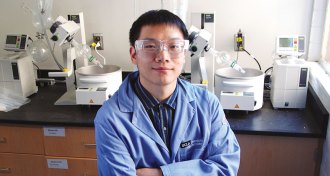 Chemistry
ChemistryChong Liu one-ups plant photosynthesis
Chong Liu mixes bacteria and inorganics into systems that can generate clean energy better than a leaf.
-
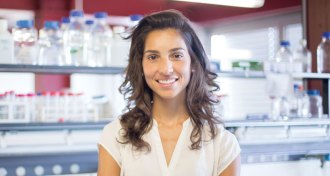 Life
LifeLena Pernas sees parasitic infection as a kind of Hunger Games
In studies of Toxoplasma, parasitologist Lena Pernas has reframed infection as a battle between invader and a cell’s mitochondria.